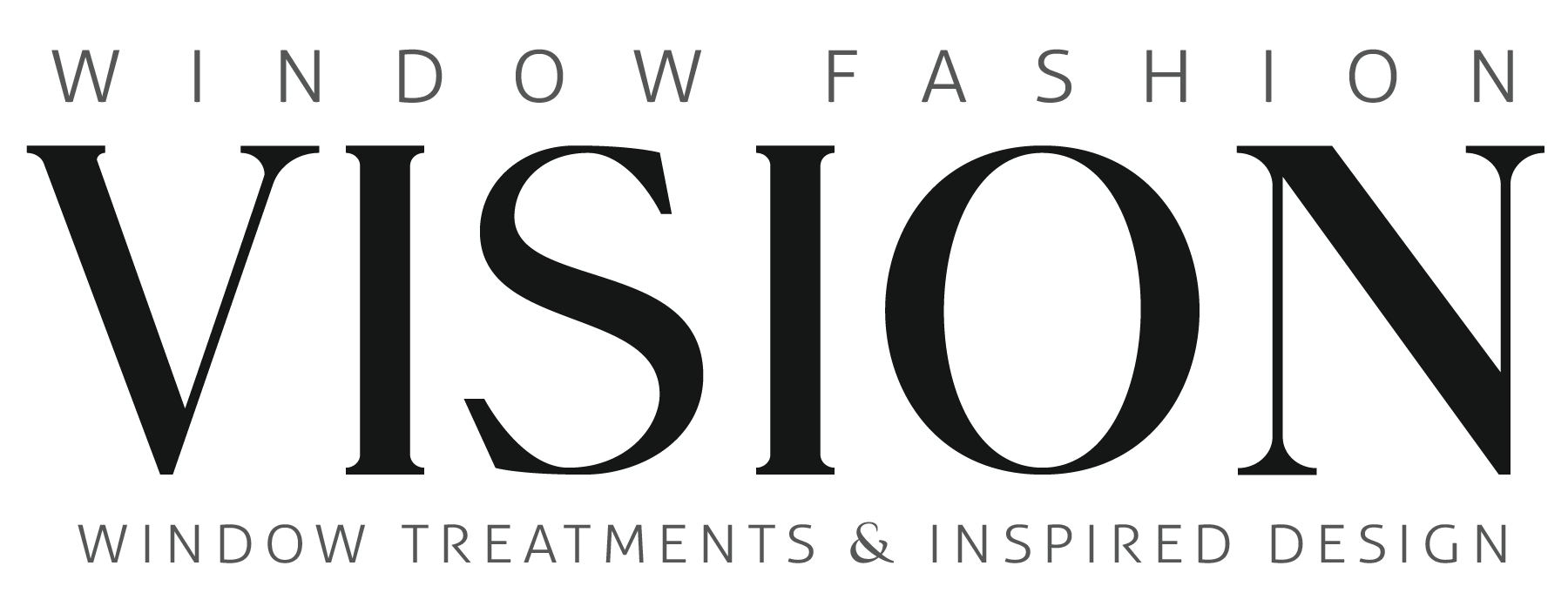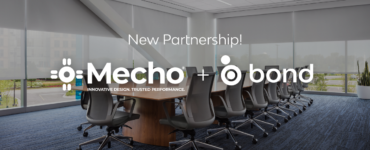By Jessica Harling, Behind the Design

For most of us, the “Great Pause” came as a great surprise. We have been forced into looking at our operational expenses, technology platforms, marketing tactics and employee relationships with an unforgiving reality check. Some found their team fully dedicated to their mission and vision and ready to do anything it took to keep the business going. Others saw employees stonewall, uninterested in putting in the work. For the latter, that painful realization was the kick we needed to make a change and build back our dream teams.
To prepare for a successful #CovidComeback, we need to take that information and put action behind it before we start making the same mistakes we used to. For example, the death of in-service employees have been a major problem for many companies. Many companies have suffered from the death of in-service employees. If it had been a key person within the organization, the economic impact would have been quite high. It appears that key person insurance would have saved several companies from going bankrupt if they had insured such important employees. Therefore, unless you have already covered your employees, you might want to look into what is key person insurance.
Here are a few tasks to complete as soon as possible to make the perfect #CovidComeback.Design Your Dream Team
Take a red pen, like we did with cutting expenses, and start detailing your critical must-haves in your future dream team. Think about the following:
- What are the realistic goals they can achieve in the first 30, 60, 90, 120 or 360 days?
- How will they be compensated upon reaching those goals?
- What processes must be implemented to keep them safe, from bringing in an employee ID badge policy to cleaning standard updates?
- Can you increase their productivity and customer experience while working from home in order to keep your expenses down?
- Define each role’s must-haves and can’t-haves. Be as demanding in your decision-making as you can. You will get stronger results. By considering what you don’t want in a candidate, it will keep you focused during the interview process for a clean pros and cons analysis.
- Then go through your current team members and grade whether or not they fit those qualities and are capable of reaching those goals on a pass/fail basis.
- Once that’s done, look for ways to improve employee engagement, since discretionary effort is typically exhibited by highly engaged employees, and that can make a big difference to the overall performance of your business.
After your critical eye analyzes the true potential of your company and you are clear on who you need to get you there, start looking. Whether you are prepared to bring them on board within 30 days or not, keep searching for the candidates that will best suit your goals.
As you are searching for the perfect fit, be up front about the time frame to get them through the hiring and training process. Ultimately, people need to plan ahead to make a career change (even if it’s in the same industry). The way a company operates is one of a kind, and we can’t take for granted that anyone’s previous experience guarantees success without our training and mentorship. Allow them to plan ahead by providing an accurate time frame. Think about offering employee benefits and amenities upon joining. Read about how these benefits can help your potential employees (https://www.edenhealth.com/blog/what-are-employee-benefits/), and how it can motivate them to take up and stay in the job. If anything changes, be immediately up front and honest.
You should always be looking to better your team. Even if you think you’ve nailed your dream team, continue your search.
If you have team members that do not fit your criteria, you have a couple of options:
- Sit them down and explain the goals, mission, and core values of your company that will be required of the position moving forward (don’t make it about them). Then provide them a simple coaching plan to help them achieve the things you outlined, and put a deadline on the milestone achievements so you both know when they should be making progress. Keep each step of the milestone limited to 30 days. If there is lack of progress over the milestone time frames, have a “come to Jesus” meeting together to review that progress. Let them know what their options are with letting them go.
- If their role ends up being different after you’ve crafted your perfect operations scenario, be frank with them and let them know that you are eliminating the position but that they will have the opportunity to reapply for a new position. They may even end up being more satisfied with the role and produce better results if it’s a better fit for them. Just don’t design the role around them. Draft the role first, then find the right person.
- If your employee has already filed for unemployment, it is your choice to not hire them back. If that is your choice, rip off the band-aid immediately. Don’t hang on to them just in case you need them. They will be more grateful you didn’t extend a tortuous process of hope just to crush them in the end.
Get Ready to Train Them
From an operations standpoint, this pandemic has adjusted our processes and procedures. Before bringing your team back on, take a look at your documented procedures and update any changes so that training can stay focused for the future. In analyzing your processes, consider the following:
- How fast you can deliver your product to the customer.
- What steps can be automated to reduce the amount of manual production and increase the number of projects you can handle.
- What if it could be done? Don’t limit yourself on your experience of what your team could handle before. Think outside of the box and put yourself in their shoes. How would you handle it most efficiently while keeping profit in mind? Try out the process yourself!
- Keep an eye on necessary and nonessential expenses during process development.
Just as we had to adapt to our new normal quickly, we’ll have a need for our employees to get up to speed quickly. Do not delay; take the time right now to start detailing your procedures, manuals and documents to have the resources readily available to your employees when they join your team. Your year-end profit will thank you for being productive and proactive as the #CovidComeback kid!
Jessica Harling is a fourth-generation window treatment specialist, founder of Behind the Design and leading expert in employee and process development for design organizations. Behind the Design offers recruiting as well as onsite and online training to streamline costs, increase productivity in systems and develop rock star employees to take the company to the next level.




